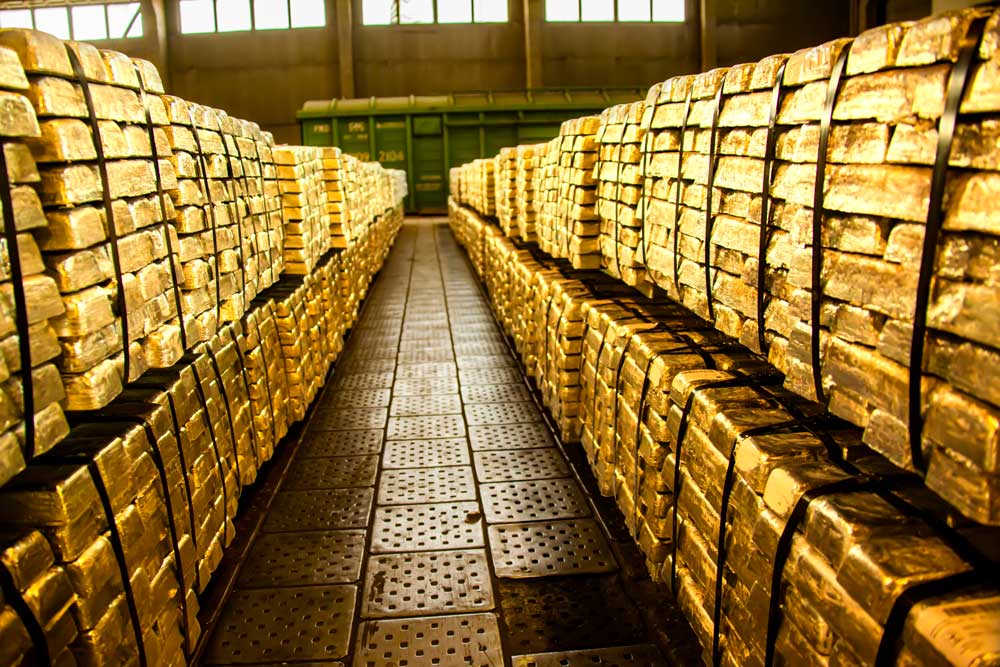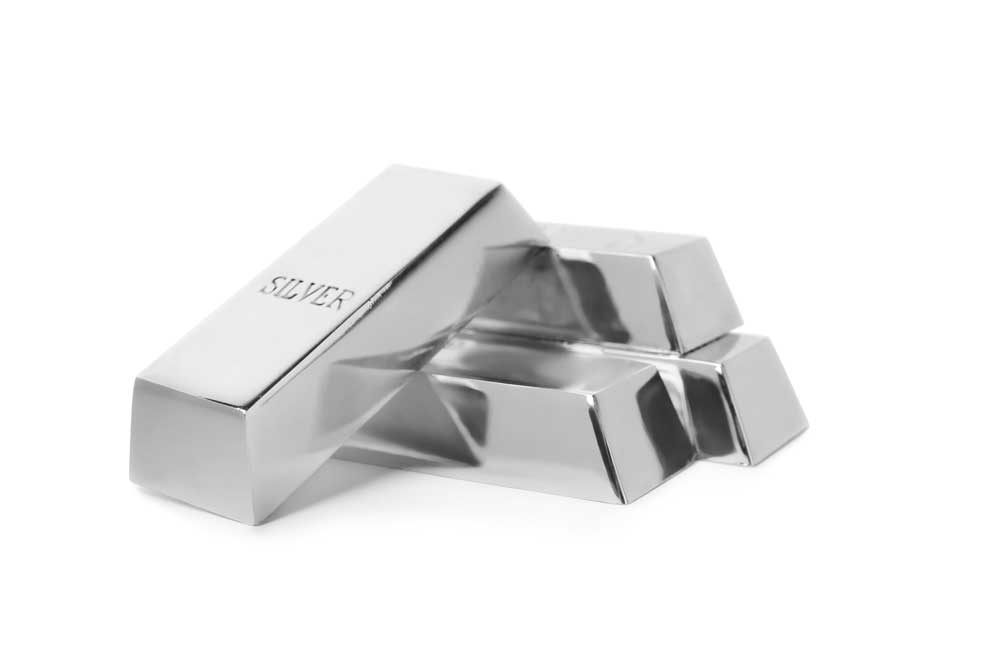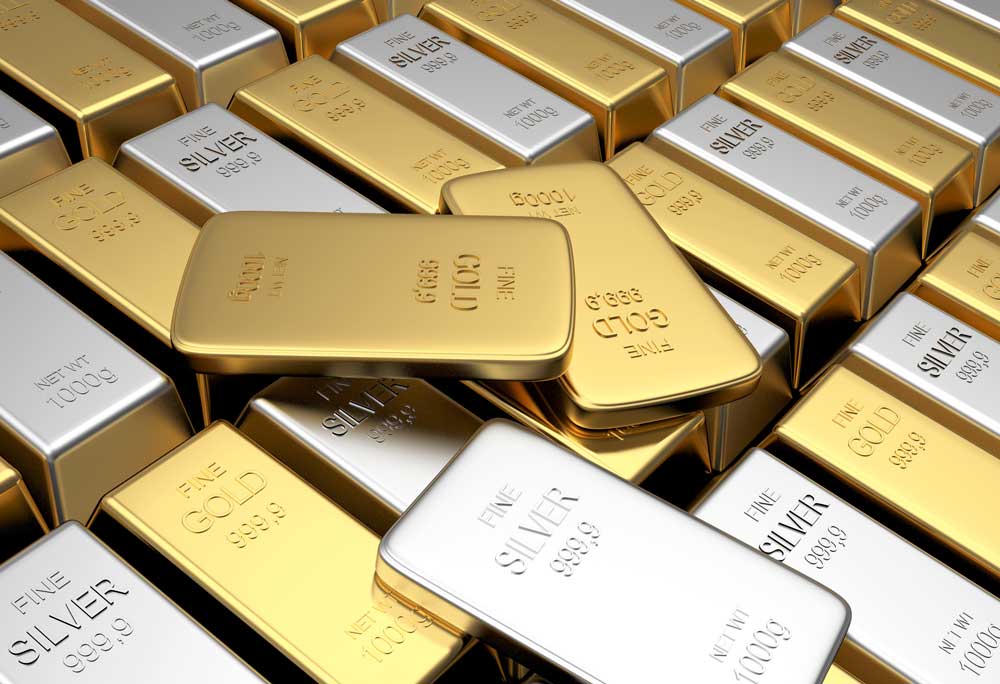When it concerns investing in precious metals, gold and silver have always been the top choices for Indians, not just as financial assets but also as symbols of wealth, tradition, and security. India is the world’s second-largest consumer of gold, with people buying around 800-900 tonnes every year, according to the World Gold Council. In fact, Indian households are believed to hold more than 25,000 tonnes of gold, making them some of the largest private owners of the metal in the world!

Silver, often called the ’common man’s gold’, is also a big deal. India imported a staggering 8,800 tonnes of silver in 2023—a 200 per cent jump from the previous year—as more people started seeing it as a solid investment. Estimates suggest that Indian families own between 30,000-40,000 tonnes of silver, often in the form of jewellery, utensils, and bars.

In India though, gold and silver aren’t just about money. They’re woven into the fabric of our culture. More than half of India’s gold demand comes from weddings and festivals, with occasions like Akshaya Tritiya and Dhanteras considered especially lucky for buying these metals. Weddings alone drive nearly 35-40 per cent of the country’s annual gold purchases because families see gold as a sign of prosperity and security. In rural India, where access to banking is still limited, gold isn’t just an ornament. It’s a form of savings and even a way to procure loans, with about 75 per cent of rural households owning some amount of gold.
Clearly, both gold and silver have their unique appeal. But if you're looking at them purely as investments, which one makes more sense? Let’s break it down.
1. Price and Affordability
’Gold is significantly more expensive than silver, making silver a great entry point for new investors,’ says Chartered Accountant Abhay Asknani. ’As of early 2024, gold prices hover around ₹62,000 per 10 grams, while silver trades at approximately ₹75 per gram. However, the lower price also means you need to buy more silver to match the value of gold, which could be a storage challenge.’
2. Stability and Risk
Gold is known for its stability. When markets crash or inflation occurs, people rush to buy gold, making it a reliable store of value. ’Silver, on the other hand, is more volatile because of its industrial demand. While it can provide high returns during a market upswing, it also carries greater risks,’ Asknani explains. In 2023, gold saw an 8 per cent price increase, whereas silver fluctuated between gains and losses, highlighting its unpredictable nature.
3. Liquidity (How Easily You Can Sell It)
Both gold and silver are easy to buy and sell. However, Asknani points out, ’Gold is more widely recognised and can be sold at a fair price quickly, whereas silver may take slightly longer to liquidate, especially in large quantities. Many jewellers and banks buy back gold, but silver transactions are more dependent on local dealers.’

4. Storage and Space
’One of the biggest practical issues with silver is storage,’ says Asknani. "₹10 lakh worth of silver takes up a lot more space than the same value in gold, which is something investors should consider before making a purchase. For instance, one kilogram of gold is worth about ₹62 lakh, while the same investment in silver would weigh over 800 kilograms!’
5. Industrial Demand
Silver is widely used in industries like electronics, medicine, and solar energy, making its price more sensitive to economic conditions. ’This means silver can face sharp price movements depending on industrial demand, whereas gold is primarily a reserve asset and less affected by such fluctuations,’ Asknani notes. In 2023, industrial demand accounted for over 50 per cent of silver consumption worldwide, compared to gold, where industrial usage is just 8 per cent of total demand.
6. Inflation Hedge
Both gold and silver protect against inflation, but gold is considered a stronger hedge. ’Gold has historically maintained its value even during economic uncertainty, making it a safer choice for long-term investors,’ Asknani adds. Data from the past 20 years shows that gold prices have steadily increased by an average of 10 per cent annually, while silver's performance has been more erratic.
7. Historical Performance
Over the years, gold has generally outperformed silver in terms of steady value appreciation. ’Silver sees bigger price swings, meaning investors could make higher short-term gains, but also face bigger losses if the market turns,’ warns Asknani. Between 2010 and 2023, gold prices rose by about 140 per cent, whereas silver prices increased by approximately 100 per cent, but with significant ups and downs.

Which One Should You Choose?
· If you want stability and long-term security, go for gold.
· If you’re okay with some risk and want a cheaper entry point, silver might be a good option.
· If you’re looking for a mix, consider diversifying by investing in both.
Both gold and silver have their pros and cons. ’Your choice should depend on your budget, risk appetite, and investment horizon. If you're just starting out, silver can be a great way to enter the precious metals market. If you’re looking for a long-term hedge against inflation, gold is the safer bet,’ Asknani concludes. Either way, both can be valuable additions to your investment portfolio!